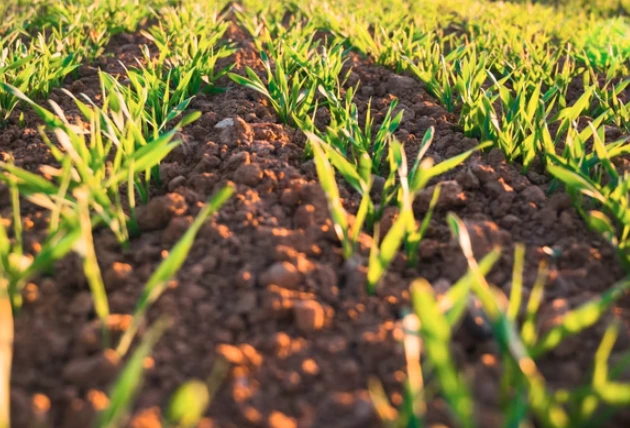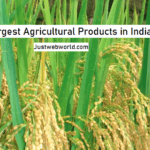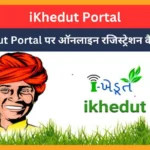Progress in agricultural technologies does not stand still, and new methods of increasing farming efficiency are constantly evolving. One of the most relevant technologies of our time is precision farming.
Precision agriculture is a high-tech agricultural management system designed to maximize profit from every acre of the field. It enables growers to optimize plant nutrition and even out their yield in different parts of the plot.

Basically, it’s an integrated high-tech agricultural management system that includes global positioning technologies (GPS), geographic information systems (GIS), yield estimation technologies, Variable Rate Application (VRA) technology, and Earth remote sensing technologies (ERS). To find out more about remote sensing possibilities, visit this page.
The essence of precision farming is that the field treatment is carried out depending on the real needs of the crops grown in a given place. These needs are determined using modern information technology.
At the same time, the means of treatment are differentiated within the limits of different sections of the field, giving the maximum effect with minimal damage to the environment and reducing the total consumption of the substances used. Discover more about precision farming here.
Now, let’s see the exact techniques and approaches precision agriculture offers to crop production.
Soil and Crop Monitoring: Satellites and Drones
Field monitoring is needed to obtain comprehensive information about the condition of the soil and plants (growth stage, diseases, pests, weeds, moisture, temperature, etc). Based on the data obtained, management decisions on soil processing, fertilization, and pest control are made.
Traditional field monitoring requires much time and labor. Especially when it comes to large land plots. And that is where satellites and drones come in handy.
Satellite monitoring is the observation of crop and soil health based on satellite images that are analyzed by advanced AI algorithms to calculate different vegetation indices. The main advantage of satellite monitoring is the availability of historical images.
That means, in addition to observing the current state of crops, farmers can see the same data for the last few years. Analyzing this information, they can plan crop rotation and forecast the yield of a particular site.
Usually, farmers use different online tools like Crop Monitoring for satellite field management, having all the necessary information already analyzed in one place.
Like satellites, drones can be equipped with a spectral camera to capture infrared images and calculate vegetation indices. Among the benefits of using drones are high mobility and speed of work, accuracy up to 2 centimeters, and no dependence on cloudiness.
Among the shortcomings, it is worth highlighting the deterioration of the quality of images in bad weather, the presence of territories where flying objects are prohibited (around airports, military installations, etc.), and, of course, the high costs of drones themselves.
Drip Irrigation
Traditional irrigation involves using a hose or watering can water the whole field. However, this frequently leads to waterlogging, and plant roots rotting. Drip irrigation is a modern alternative that implies a permanent water distribution network under pressure, which allows for continuous or frequent watering of plantings, during the day.
Among the advantages of drip irrigation are.
Reduces water use.
Conventional sprinklers spray several liters of water per minute, much of which is not absorbed by the plants but evaporates in the sun. Drip irrigation devices consume several liters per hour, but all of it goes to moisten the soil in the root area and is absorbed by the plants.
Exact localization of the irrigation zone.
Any sprinkler irrigates a specific area. The area of humidification during drip irrigation is small, the water falls exactly into the root zone of the plants, without flooding the paths.
Easy installation.
The farmers can install the system themselves.
Low cost.
Hence, available to most farmers, allowing for saving production costs.
Solar Pumps
Drip irrigation technology saves water by delivering water droplets to the base of the plants. But off-grid farmers won’t be able to use the technology without expensive diesel generators. Solar energy is the obvious solution.
Solar irrigation systems operate during the day when the sun is shining and when watering the plants is most relevant. Therefore, this solution is the most efficient and viable.
Internet of things
IoT in agriculture is designed to help farmers monitor the vital field and plant information, such as humidity, air temperature, and soil quality using remote sensors, as well as to increase yields, plan more efficient irrigation and make crop forecasts.
IoT also helps biologists study the effects of genomes and microclimate on yield to optimize both yield and product quality.
IoT sensors can be installed on the ground or agricultural machines to give farmers a stack of useful data, such as the temperature of stored product, the amount of fertilizer used, water in the soil and seeds planted, storage conditions, the condition of agricultural equipment and machinery used, and much more.
After implementing an IoT-enabled smart system, farmers can easily monitor various environmental variables and make informed decisions.
Ultimately, effective changes in agriculture are impossible without precision technologies. Their wide implementation ensures sustainable and smart farming, allowing for producing enough quality food effectively and environmentally friendly.





